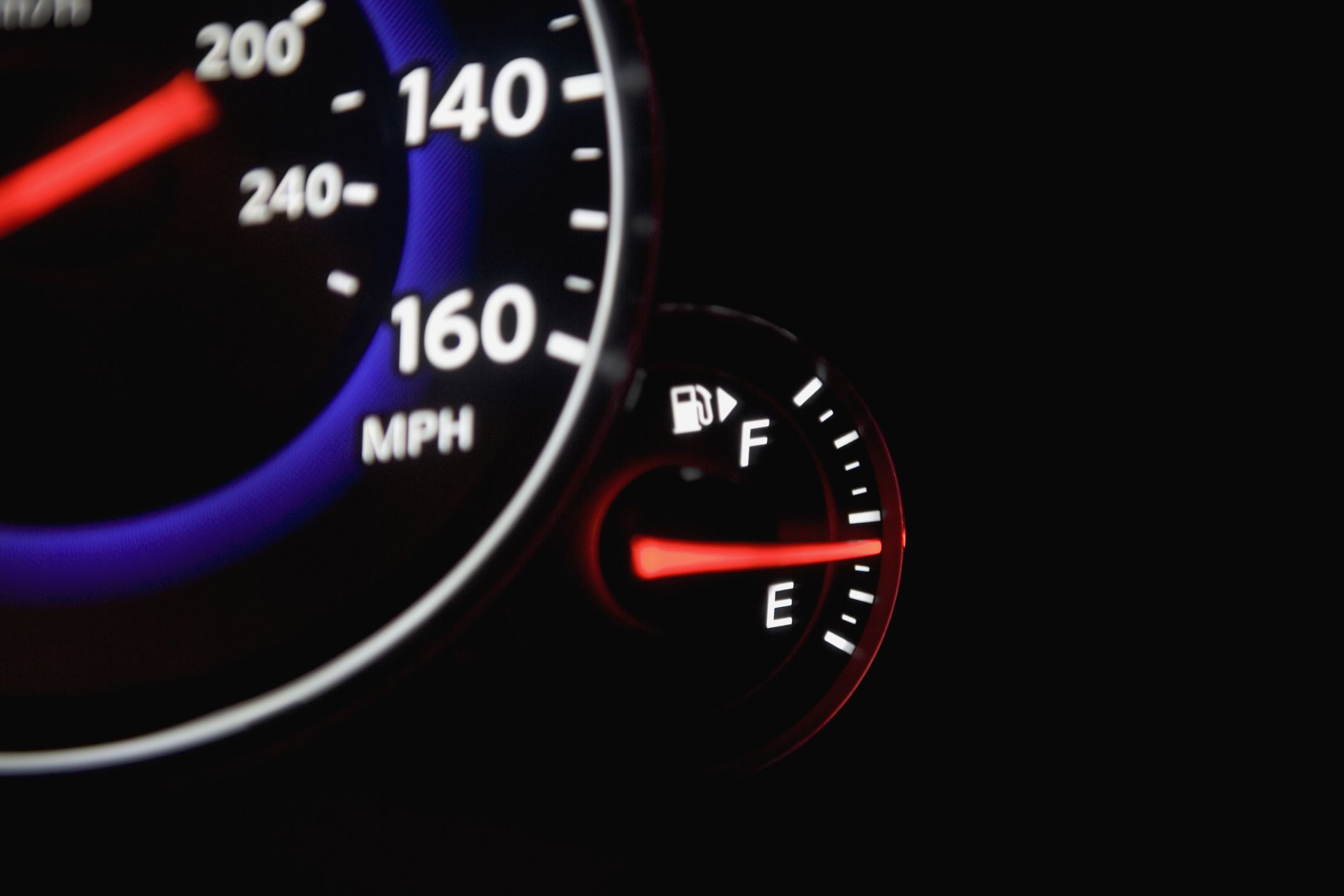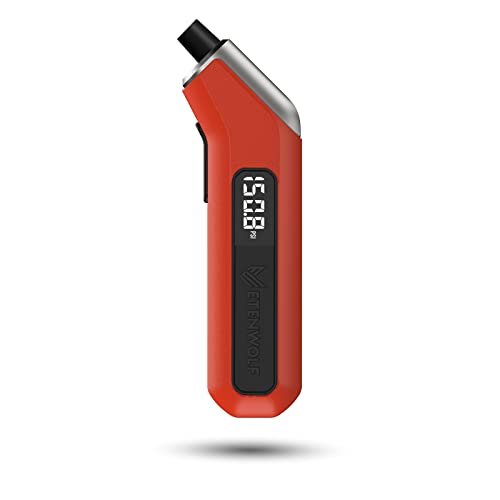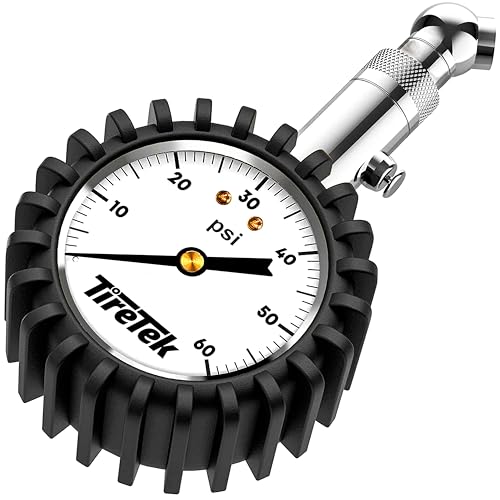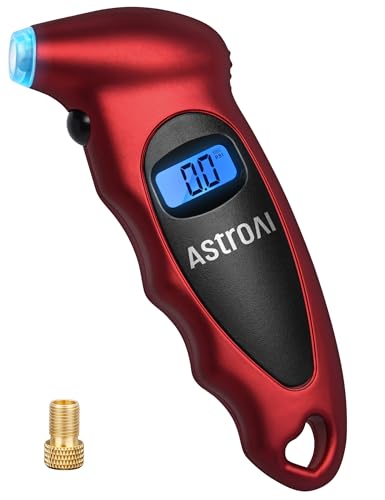Have you ever stared at a car’s window sticker or dashboard and wondered, what does MPG mean on a car, really? You’re not alone. This simple acronym is one of the most important factors in choosing and owning a vehicle, yet many drivers are unsure about what the numbers truly represent and how they impact everything from their budget to their environmental footprint. This guide is designed to definitively solve that problem.
MPG stands for “miles per gallon” and it is the primary measurement of a car’s fuel efficiency, indicating how many miles a vehicle can travel on one gallon of fuel. A higher MPG number means the car is more fuel-efficient, saving you money at the pump and reducing emissions. This guide unpacks everything you need to know, from the different types of MPG ratings to the real-world factors that affect your mileage and how to calculate it yourself.
Key Facts
- Fundamental Definition: MPG, or miles per gallon, is the standard U.S. metric for a car’s fuel efficiency, measuring the distance in miles a vehicle can travel per gallon of fuel.
- Economic and Environmental Impact: A higher MPG directly translates to lower fuel costs for the owner and fewer harmful emissions, contributing to a smaller carbon footprint.
- Multiple Ratings Exist: Vehicles have three official ratings to reflect different driving scenarios: City MPG (for stop-and-go traffic), Highway MPG (for steady-speed travel), and Combined MPG (a weighted average of both).
- Real-World Performance Varies: Your actual MPG is heavily influenced by factors beyond the official rating, including your personal driving habits, vehicle maintenance like proper tire pressure, and environmental conditions like traffic and weather.
- EVs Use a Different Metric: For electric vehicles, the equivalent measure is MPGe, which compares energy consumption to gasoline. As a benchmark provided by the EPA, 33.7 kWh of electricity is considered the energy equivalent of one gallon of gasoline.
What Does MPG Mean? The Simple Answer for Every Driver
MPG stands for “miles per gallon” and it is the primary measurement of a car’s fuel efficiency, indicating how many miles a vehicle can travel on one gallon of fuel. It’s the most straightforward way to understand how much fuel a car consumes. The concept gained significant traction during the 1970s oil crisis, as consumers and governments became acutely aware of the need for better fuel economy. Ever wondered why this one number is so important when looking at cars?
MPG, or miles per gallon, is the distance, measured in miles, that a vehicle can travel on a single gallon of fuel.
Simply put, if a car has a rating of 30 MPG, it is expected to travel 30 miles on one gallon of gasoline under specific testing conditions. This single number is a powerful tool for comparing different vehicles and understanding their long-term running costs. A car with a higher MPG is more efficient, using less fuel to go the same distance as a car with a lower MPG.
Why MPG is a Crucial Number for Your Wallet and the Planet
A higher MPG is important because it leads to significant cost savings on fuel, reduces a vehicle’s carbon footprint and harmful emissions, and is a key factor for making informed purchasing decisions. Understanding what does MPG mean on a car goes beyond just a technical specification; it has tangible, real-world consequences. Think of it like the ‘price per ounce’ at the grocery store—a higher MPG gives you more ‘miles’ for your money.
Here’s a breakdown of why this metric is so critical:
- Cost Savings: This is the most direct benefit. A vehicle with better fuel economy requires less gasoline to operate. Over the lifetime of a car, the difference between 25 MPG and 40 MPG can amount to thousands of dollars saved on fuel expenses. This reduction in running costs is a major financial advantage for any driver.
- Environmental Impact: Fuel consumption is directly linked to a vehicle’s emissions. Cars with higher MPG ratings burn less fuel, which means they release fewer harmful pollutants like carbon dioxide (CO2) and other greenhouse gases into the atmosphere. Choosing an efficient vehicle is a significant step toward reducing your personal environmental impact.
- Informed Car Buying: When purchasing a new or used vehicle, the MPG rating is one of the most important data points for comparison. It allows you to forecast long-term ownership costs and choose a model that aligns with your budget and environmental values.
- Regulatory Standards: Government agencies like the Environmental Protection Agency (EPA) use MPG as a basis for setting fuel economy standards, such as the Corporate Average Fuel Economy (CAFE) standards in the U.S. These regulations push manufacturers to innovate and produce more efficient vehicles, benefiting consumers and the environment on a national scale.
Understanding the Different Types of MPG Ratings
Cars have three main MPG ratings: City (for stop-and-go urban driving), Highway (for steady, higher-speed travel), and Combined (a weighted average of both), which provides the best overall estimate. You’ll see these three numbers on the window sticker of any new car, and it’s essential to know what each one means to understand a vehicle’s performance. These ratings are determined through standardized tests conducted by bodies like the EPA to ensure a fair basis for comparison.

Here is a clear comparison of the three types:
| Rating Type | Driving Conditions | Typical Result |
|---|---|---|
| City MPG | Characterized by frequent stops and starts, lower speeds, and periods of idling common in urban traffic. | Generally the lowest of the three ratings because acceleration and idling consume more fuel. |
| Highway MPG | Represents sustained, higher-speed driving on open roads with minimal stops. | Typically the highest rating because the engine operates at a more efficient, consistent speed. |
| Combined MPG | A weighted average of the City and Highway MPG figures, designed to represent a typical mix of driving. | Often the most advertised and useful number for a quick, overall comparison of fuel efficiency. |
Quick Fact: Combined MPG is often the most advertised number because it represents a typical mix of driving for most people.
What About MPGe, L/100 km, and Other Metrics?
MPGe is used for electric cars to compare their efficiency to gasoline cars, while L/100 km is the standard in Europe and Canada where a lower number indicates better fuel economy. As the automotive world evolves, it’s helpful to understand these alternative metrics you might encounter.
- MPGe: Stands for “Miles Per Gallon equivalent” and is used for electric and hybrid cars. It helps compare the energy consumption of an electric vehicle with that of a gasoline vehicle. The EPA calculates this based on the fact that 33.7 kWh of electricity contains the same amount of energy as one gallon of gasoline.
- L/100 km: This stands for “Liters per 100 kilometers” and is the standard measurement in Canada, Europe, and many other parts of the world. It measures how many liters of fuel a car needs to travel 100 kilometers. Pro Tip: When looking at L/100 km, remember it’s reversed—a lower number is better!
- Extra Urban MPG: This is a term used in some European testing cycles. It represents a mix of driving on rural roads and some motorway journeys, falling somewhere between the traditional “city” and “highway” driving conditions.
Key Factors That Influence Your Car’s Real-World MPG
Your real-world MPG is affected by driving habits like aggressive acceleration, vehicle condition including tire pressure, driving conditions like traffic and weather, and the car’s design and weight. The MPG numbers you see on a window sticker are based on controlled laboratory tests. In the real world, your actual fuel economy will almost always be different. Understanding these factors can empower you to become a more efficient driver. Which of these factors do you think impacts your daily drive the most?
Here are the key areas that influence your fuel efficiency:
- Driving Habits
- Aggressive Driving: Rapid acceleration, hard braking, and high speeds are the biggest fuel wasters. Driving smoothly and anticipating traffic can significantly improve your MPG.
- Excessive Idling: An idling car gets 0 MPG. Turning off your engine if you’ll be stopped for more than a minute can save fuel.
- Speed: Fuel efficiency generally decreases at speeds above 50 mph. Driving at the speed limit on the highway is safer and more economical.
- Vehicle Design and Condition
- Correct Tire Pressure: Underinflated tires create more rolling resistance, forcing your engine to work harder and consume more fuel. This is one of the easiest and most important checks you can perform.
- Regular Maintenance: A well-maintained engine runs more efficiently. Regular oil changes and replacing clogged air filters are crucial for optimal performance.
- Vehicle Weight: The heavier the car, the more energy it takes to move. Removing unnecessary heavy items from your trunk or cargo area can make a noticeable difference.
- Aerodynamics: Using roof racks and cargo boxes increases wind resistance, which can reduce your fuel economy, especially at highway speeds.
- Driving Environment
- Traffic and Terrain: Constant stop-and-go traffic is highly inefficient. Likewise, driving in hilly or mountainous areas requires more energy than driving on flat surfaces.
- Weather Conditions: Cold weather can decrease fuel efficiency because the engine takes longer to reach its optimal temperature. Driving in strong winds or on wet or snowy roads also increases resistance and fuel use.
- Accessory Use: Running the air conditioning is a major drain on the engine and can reduce fuel economy. Other electrical accessories also contribute to fuel consumption.

How to Calculate Your Car’s MPG Manually
To calculate your MPG, fill your tank and reset the trip odometer. Drive until you need to refuel, then record the miles driven. Refill the tank completely and divide the miles driven by the number of gallons you just added. This simple, manual method is the most accurate way to find out your car’s true fuel economy based on your personal driving style.
Challenge: Try this on your next two fill-ups and see how your MPG changes with your driving!
Here is the process, step-by-step:
- Fill your fuel tank completely. Go to the gas station and fill your tank until the pump automatically clicks off. Don’t top it off further, as this can vary the amount.
- Reset your trip odometer. Immediately after filling up, reset your trip odometer to zero. If your car doesn’t have one, note the total mileage on your main odometer.
- Drive normally. Use your car as you typically would, driving your usual routes. Drive until your tank is at least half empty for a more accurate reading.
- Record the miles driven. When you are ready to refuel, write down the number of miles displayed on your trip odometer.
- Refill the tank completely again. Return to the gas station (preferably the same one and same pump for consistency) and fill the tank until the pump clicks off again. Pay close attention to the exact number of gallons it took to fill the tank. This is the amount of fuel you used.
- Do the math. Divide the number of miles you drove (from Step 4) by the number of gallons of gas you just added (from Step 5). The result is your car’s actual MPG for that tank of fuel.
Formula: Miles Driven ÷ Gallons Used = Your MPG
So, What Is a Good MPG for a Car in 2025?
A “good” MPG depends on the vehicle type. Generally, for gasoline cars, over 40 MPG is good and over 50 MPG is excellent. Hybrids often average around 59 MPG, while a full-size SUV might consider 23 MPG to be good for its class. The definition of “good” is relative and has changed over the years as technology has improved. Keep in mind, a ‘good’ MPG for a large truck will be very different from a compact hybrid. It’s all about context!
To provide clear benchmarks, here’s what you can generally consider a good MPG for different categories of vehicles in 2025:
- Gasoline/Diesel Cars: Anything over 40 MPG is generally considered good for a conventional sedan or hatchback. Compact cars, like a Honda Civic or Toyota Corolla, often fall into this range. A rating over 50 MPG is exceptional and usually found in the most efficient non-hybrid models.
- SUVs and Trucks: The expectations are lower due to their size and weight. For a full-size SUV, a combined MPG of 23 is a reasonable benchmark. For compact SUVs, aiming for 30 MPG or higher is a good target.
- Hybrid Vehicles: Hybrids are the champions of fuel efficiency. A good MPG for a hybrid vehicle, like the Toyota Prius, is often around 59 MPG. These vehicles are specifically designed to maximize every drop of fuel.
- Luxury and Performance Cars: These vehicles often prioritize power over efficiency, so their MPG ratings are typically lower. For this class, an MPG in the low-to-mid 20s might be considered respectable, depending on the engine size and performance output.
To ensure your vehicle operates at its peak efficiency, regularly checking your tire pressure is one of the simplest yet most effective steps you can take. A quality digital tire pressure gauge can help you maintain optimal inflation and improve your MPG.
FAQs About Car MPG
Here are answers to some of the most frequently asked questions when people want to know what does MPG mean on a car.
Is a higher or lower MPG number better?
A higher MPG number is always better. It means the vehicle can travel more miles on a single gallon of fuel, making it more fuel-efficient. This leads to lower fuel costs and fewer emissions compared to a car with a lower MPG number.
Is 60 MPG considered good for a car?
Yes, 60 MPG is considered excellent for any car. This level of efficiency is typically found only in highly efficient hybrid vehicles. For a standard gasoline-powered car, achieving 60 MPG would be an exceptional and rare feat.
Why is my city MPG so much lower than my highway MPG?
City MPG is lower because urban driving involves frequent stopping, starting, and idling. This constant acceleration from a standstill requires much more energy and fuel than maintaining a consistent speed on a highway, where the engine can operate in its most efficient range.
What is a good MPG for a used car?
A good MPG for a used car follows the same principles as a new one—it depends entirely on the vehicle’s class and age. You should compare its MPG rating to what it was when new and to other similar models from the same year. A well-maintained older car should still be able to achieve close to its original EPA estimates.
Does using the air conditioning really affect my MPG?
Yes, absolutely. Using the air conditioner puts an extra load on the engine, which forces it to burn more fuel to run both the car and the A/C compressor. This can reduce a vehicle’s fuel efficiency, especially in hot weather during stop-and-go city driving.
How do official MPG ratings get tested?
Official MPG ratings are determined through highly controlled and standardized tests conducted in a laboratory setting by government agencies like the EPA. These tests simulate various driving conditions, including city, highway, high-speed, and cold-weather driving, on a machine called a dynamometer to ensure all vehicles are tested under the exact same circumstances for fair comparison.
Final Summary: Making Sense of Miles Per Gallon
Understanding what does MPG mean on a car is the first and most crucial step toward becoming a smarter, more efficient driver. It is more than just a number on a sticker; it is a powerful indicator of a vehicle’s efficiency, long-term cost of ownership, and environmental footprint. By grasping the differences between city, highway, and combined ratings, and recognizing the real-world factors that you can control, you can make better decisions both when buying a car and during your daily drives.
Here are the most critical takeaways to remember:
- MPG stands for miles per gallon and is the ultimate measure of a car’s fuel efficiency.
- A higher MPG saves you significant money on fuel and reduces your environmental impact.
- Your real-world MPG is heavily influenced by your driving style, vehicle maintenance, and driving conditions.
- “Good” MPG is relative to the vehicle’s class, with hybrids leading in efficiency, followed by compact cars, while larger SUVs and trucks have lower benchmarks.
Now that you’re an expert on what MPG means, use this knowledge the next time you’re comparing cars or thinking about your driving habits
Last update on 2025-11-27 / Affiliate links / Images from Amazon Product Advertising API













